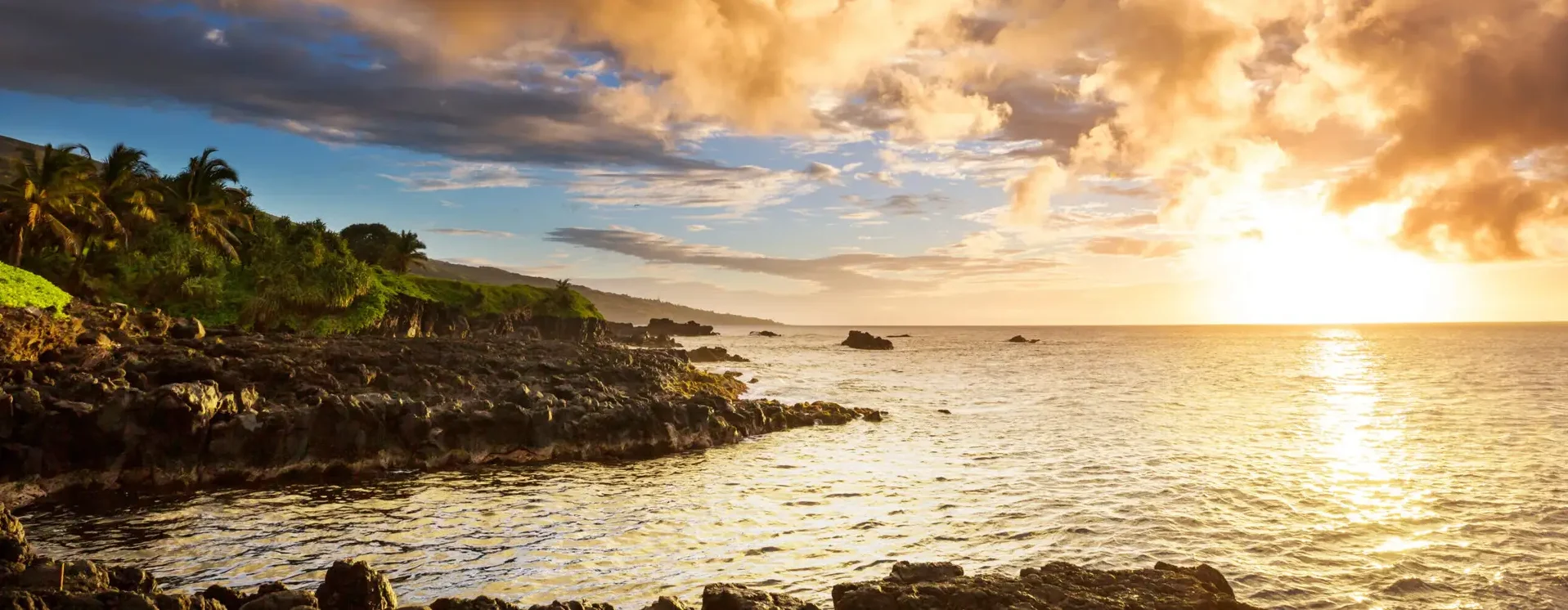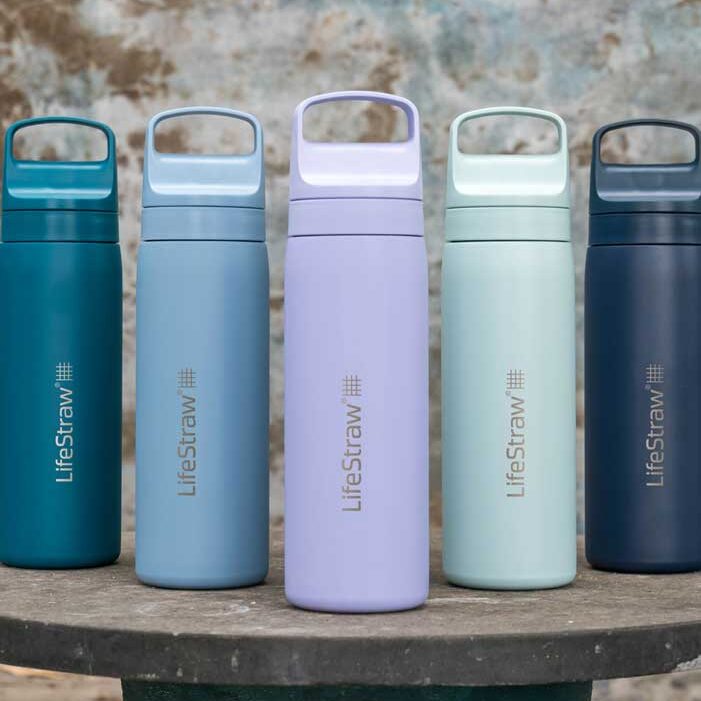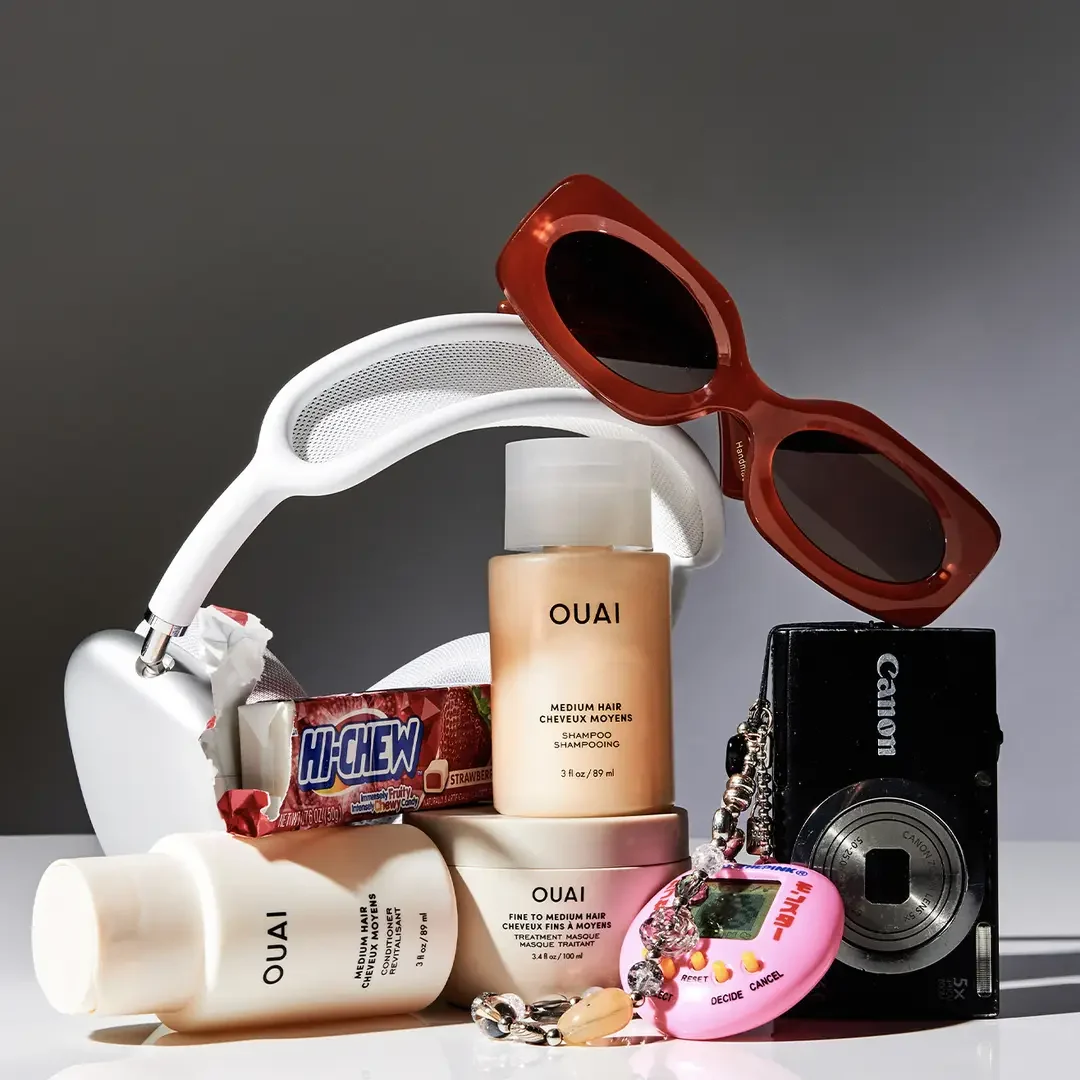
Travel Product Review:
The Only Filtered Water Bottle You'll Ever Need
As an Amazon associate, I earn from qualifying purchases. When I link to products and services, those links may be affiliate links. If you click on any of those affiliate links and make a purchase within a certain time frame, I’ll earn a small commission at no cost to you. I’m careful to link to products and retailers that I use myself and recommend. Thank you!
When I told people I was headed to Mexico solo, the first thing many people did was gasp and warn me not to drink the water. Mexico is known for less than stellar drinking water, and most of the locals used large “garrafones”, a 5-gallon jug, the sort we might expect to see in an office water cooler dispenser. My Airbnb in Guadalajara actually provided me with one for my stay.
Poor drinking water left me with the problem of figuring out how to stay hydrated for a 2 week trip. I didn’t like the idea of continuously buying plastic water bottles – it seems both wasteful and expensive – and even if I used the garrafones at my airBnB, which would have been very affordable, Mexico is swelteringly hot in April/May; I was going to need some serious hydration throughout the day.
After doing a far bit of research (so now you don’t have to!) I settled on the LifeStraw Go Series water bottle. No regrets! It was perfect.

The water bottle filters out contaminants using a 2-part system, consisting of a membrane microfilter and an activated carbon filter. The membrane microfilter protects against bacteria (E. coli and Cholera amongst other things), parasites, microplastics, sand, dirt, and cloudiness and lasts up to 1000 gallons. The activated carbon filter functions to improve taste, remove odor, and reduce chlorine, organic chemical matter, and asbestos. It lasts up to 26 gallons (about 2 months).
Something I really loved is that I don’t have to really track when to replace things because it’s built into the design. You know it’s time for a replacement carbon filter when your water starts to taste different. The membrane microfilter simply stops allowing water to flow once it’s no longer effective.
I used this water bottle all through Mexico, filling up at dodgy looking faucets and water fountains all over the country! The water tasted great and I didn’t have any problems with water-related illness.
The water bottle comes in several sizes – 18oz, 22oz, 24oz, and 1L – and you have a choice between stainless steel and BPA-free 50% post-consumer recycled plastic. As far as size goes, the filter inside takes up space, so you may want to “size up” your water bottle as you lose some water volume to the filter.

In terms of material, I opted for stainless steel, since durability is important to me. However, one thing to think about is weight. The stainless steel bottle is substantially heavier than its plastic counterpart. The 24 oz stainless steel is 515g while the 22oz plastic water bottle weighs only 247g. If you’re planning a hike or any sort of trip where weight plays a factor, you might want to invest in the plastic version.
Alternatively, LifeStraw also sells a Peak Series personal water purifier that only weighs 48g and lets you easily drink directly from any water source. I don’t own the personal filter yet, but I am planning to purchase it for a 4 day hiking trek along Salkantay in Peru next year when every gram will count! I’ve had such a good experience with the water filter bottle that I feel ok making that leap. I’ll let you all know how it works out once I’m back from Peru!


